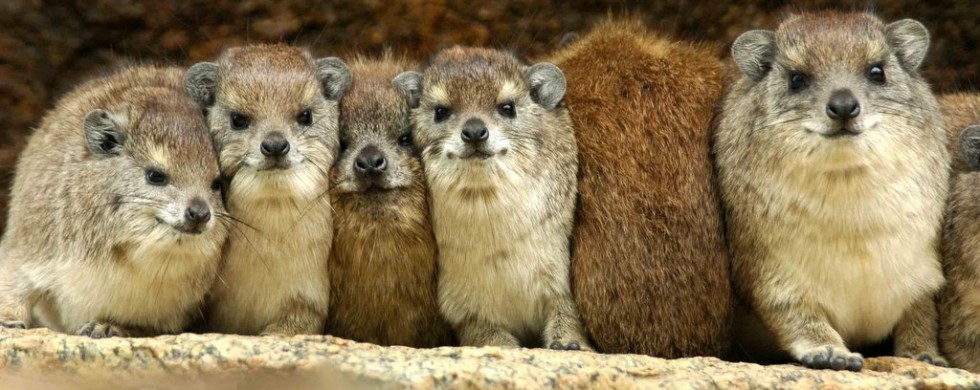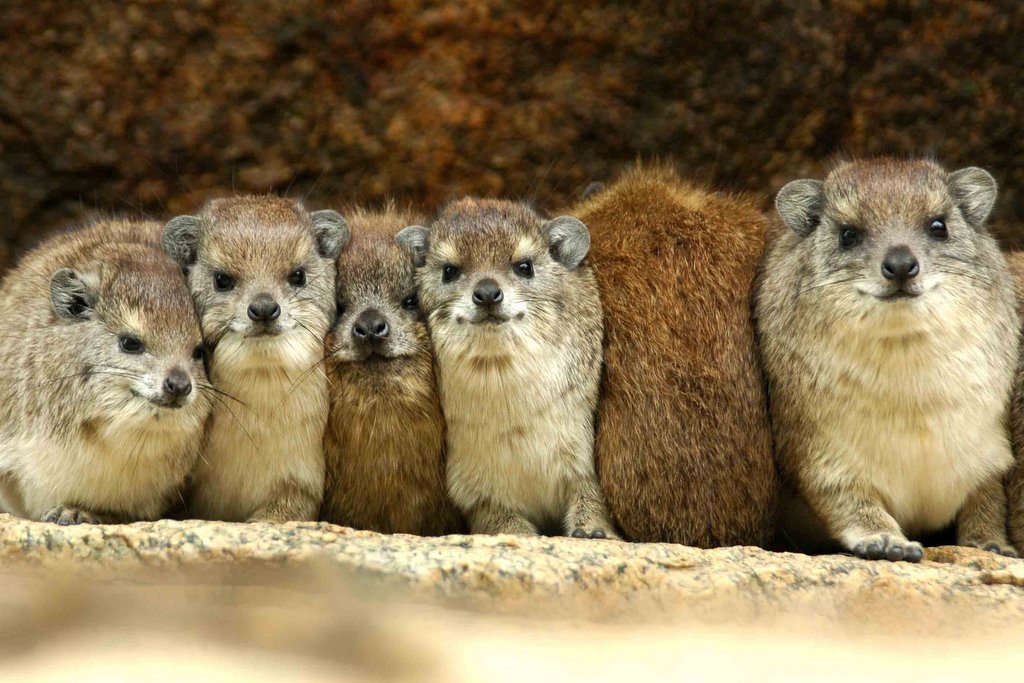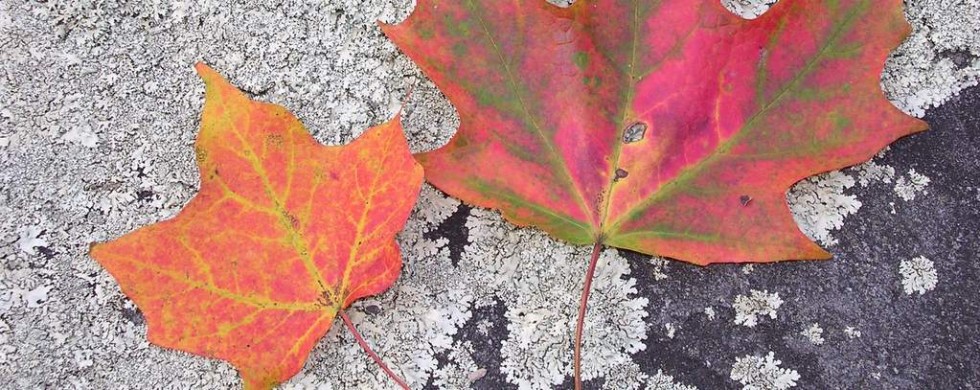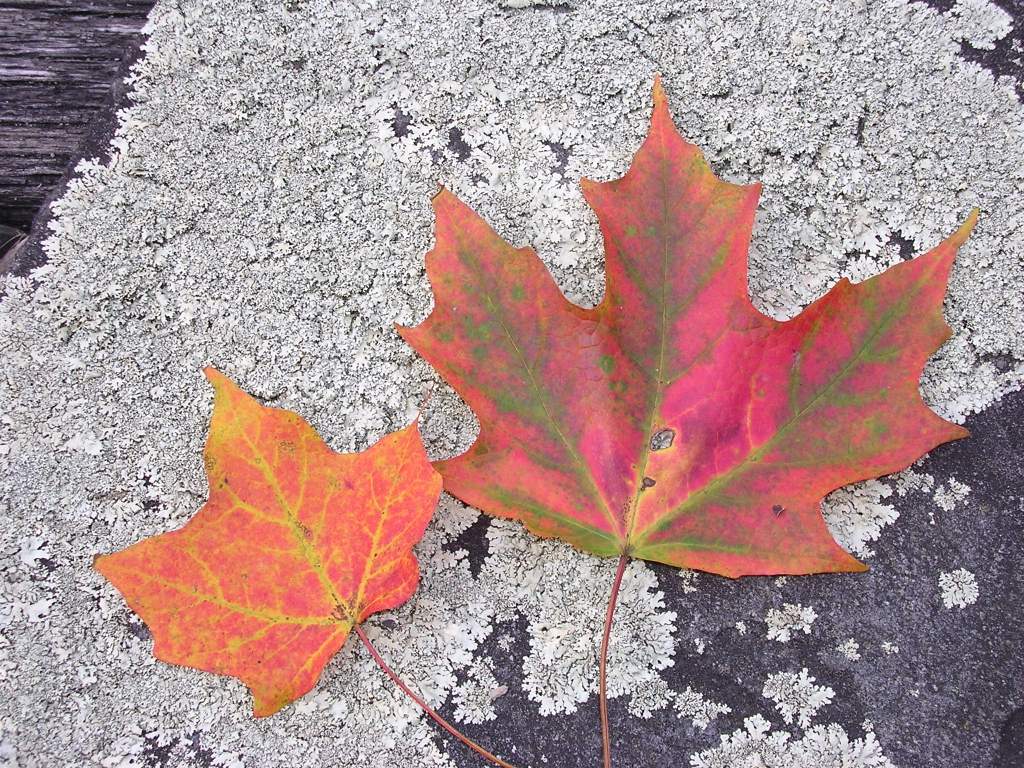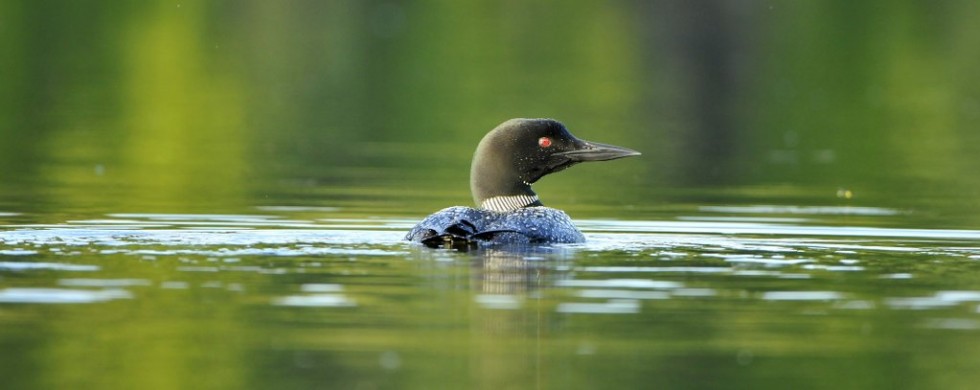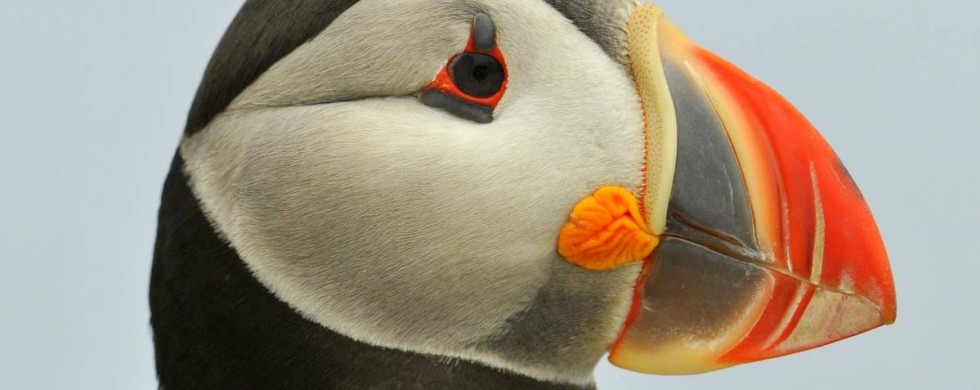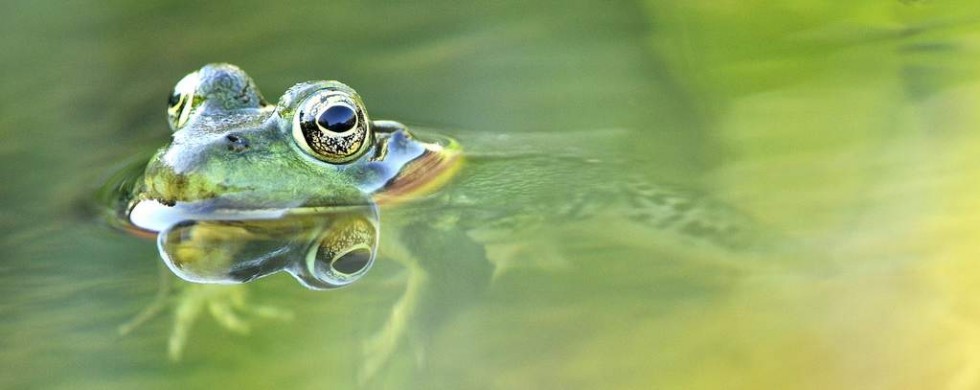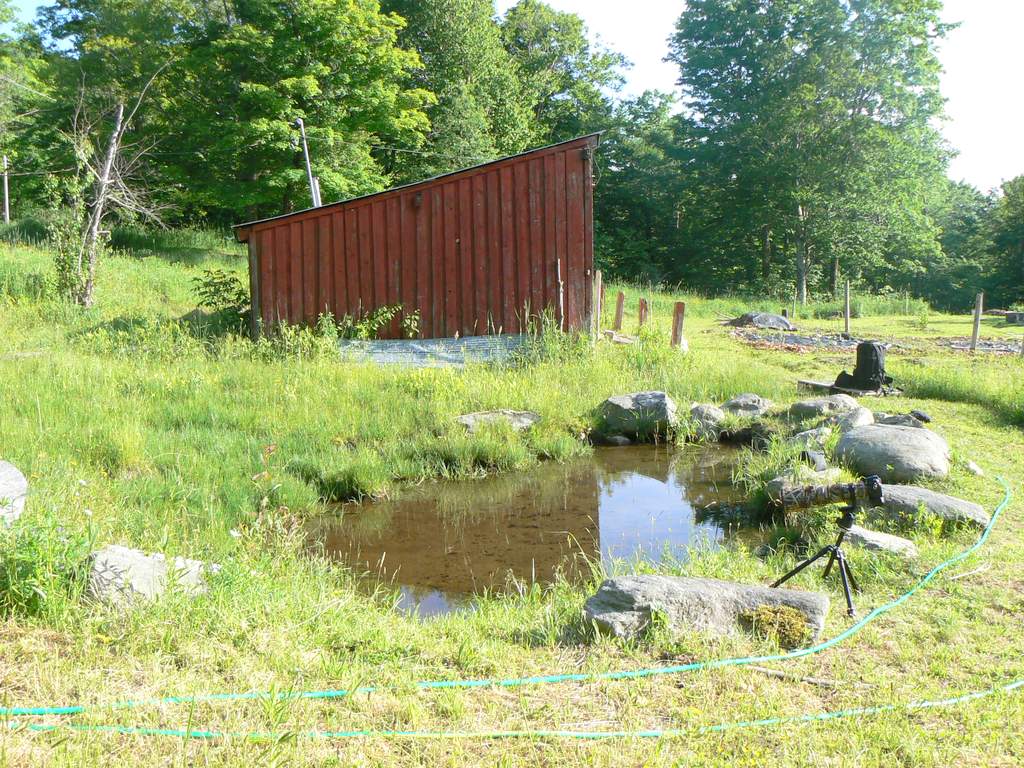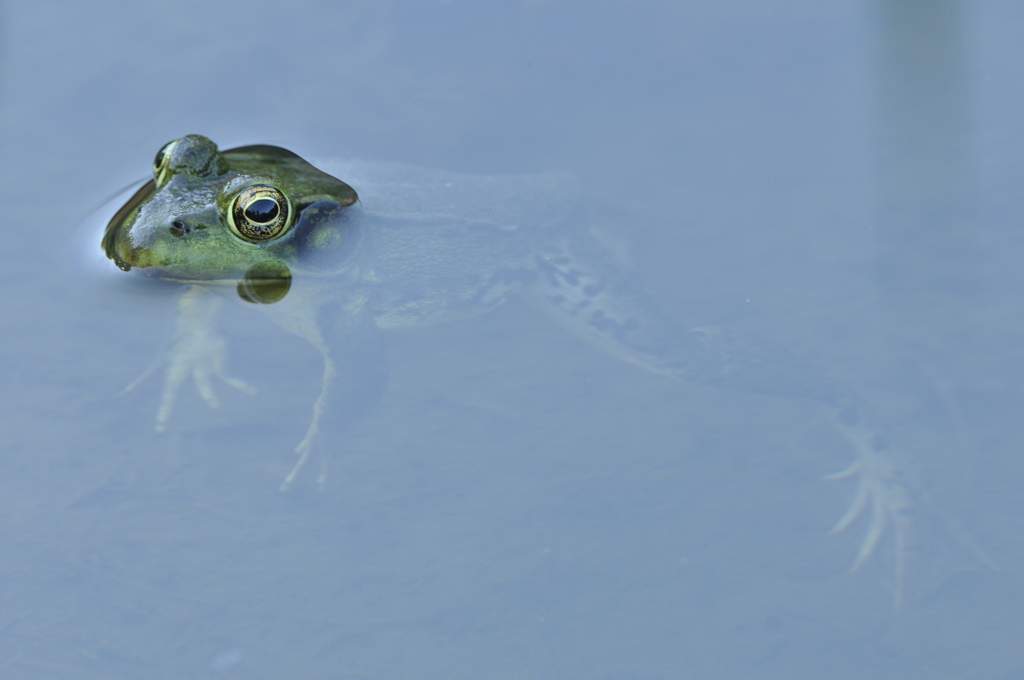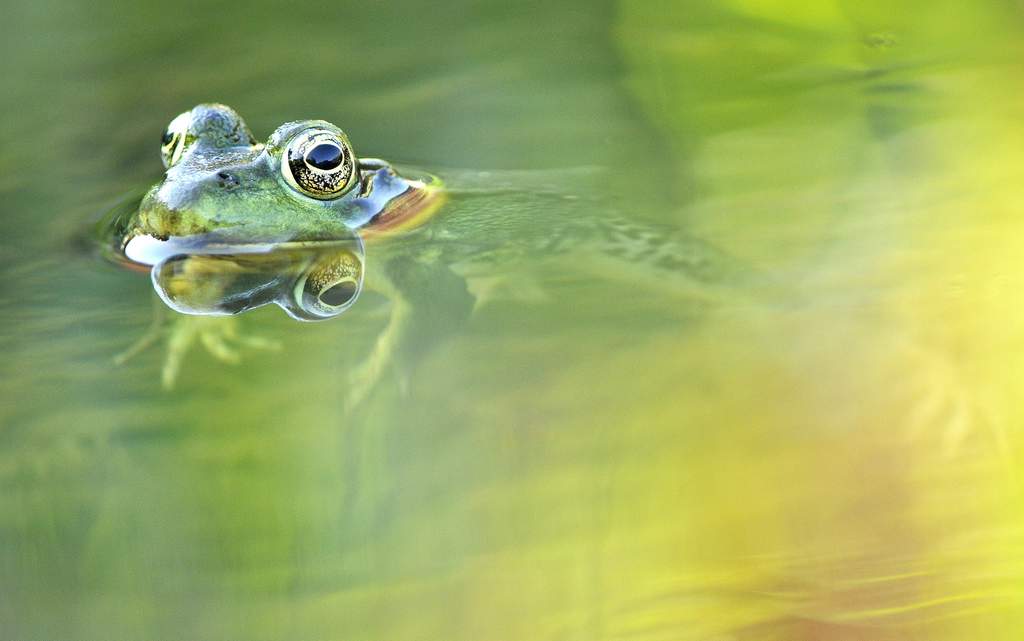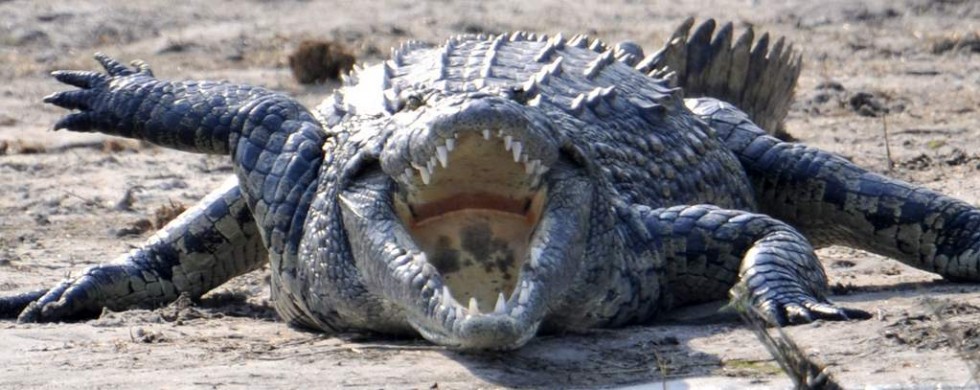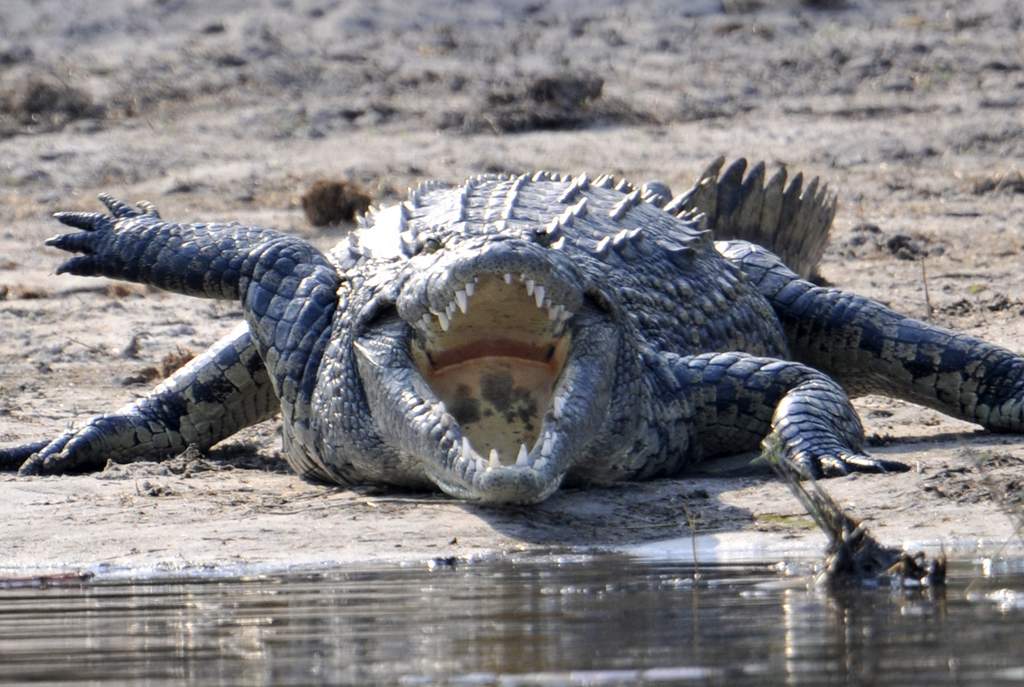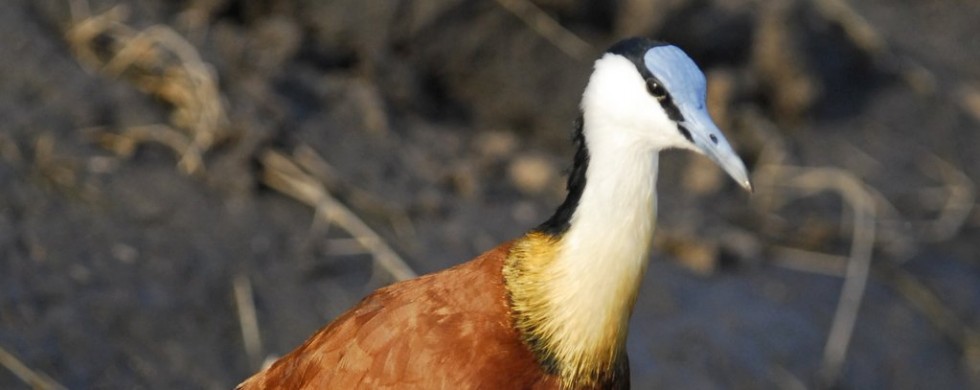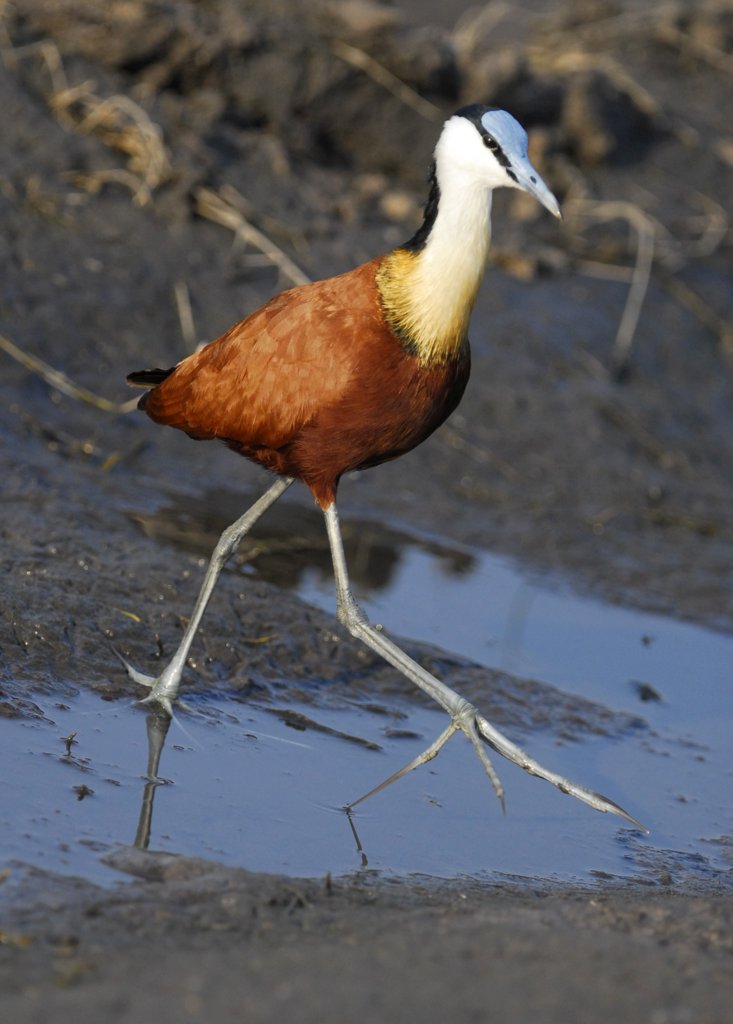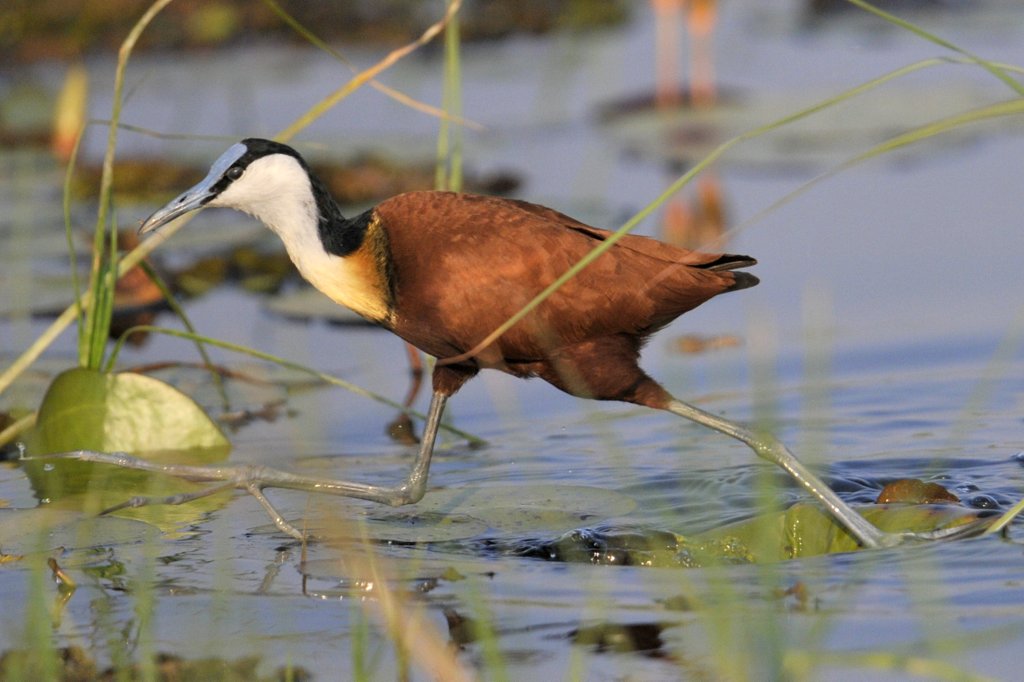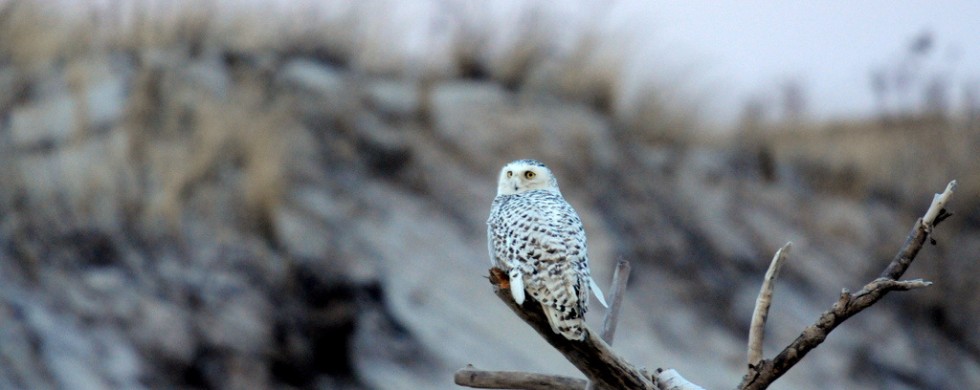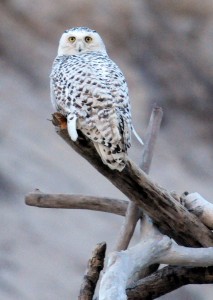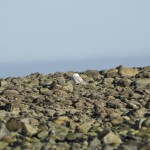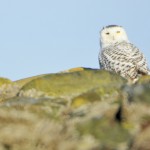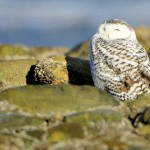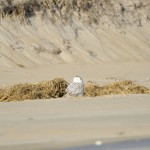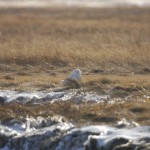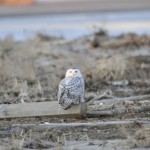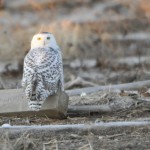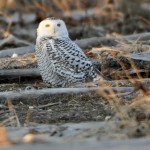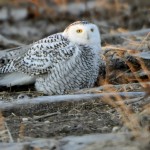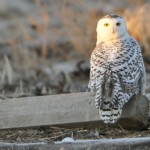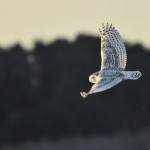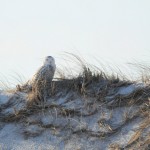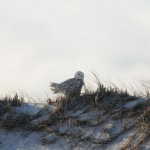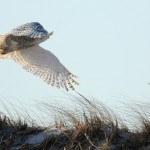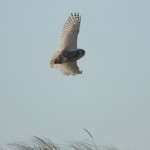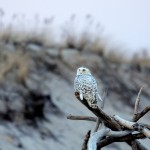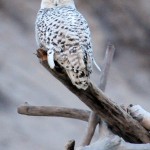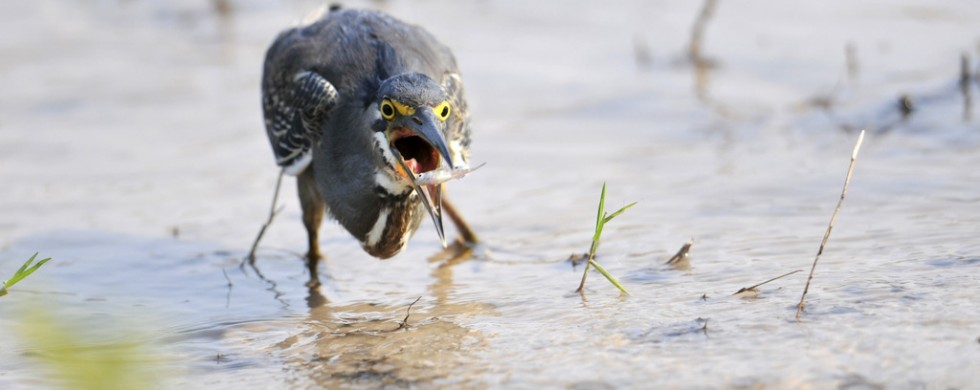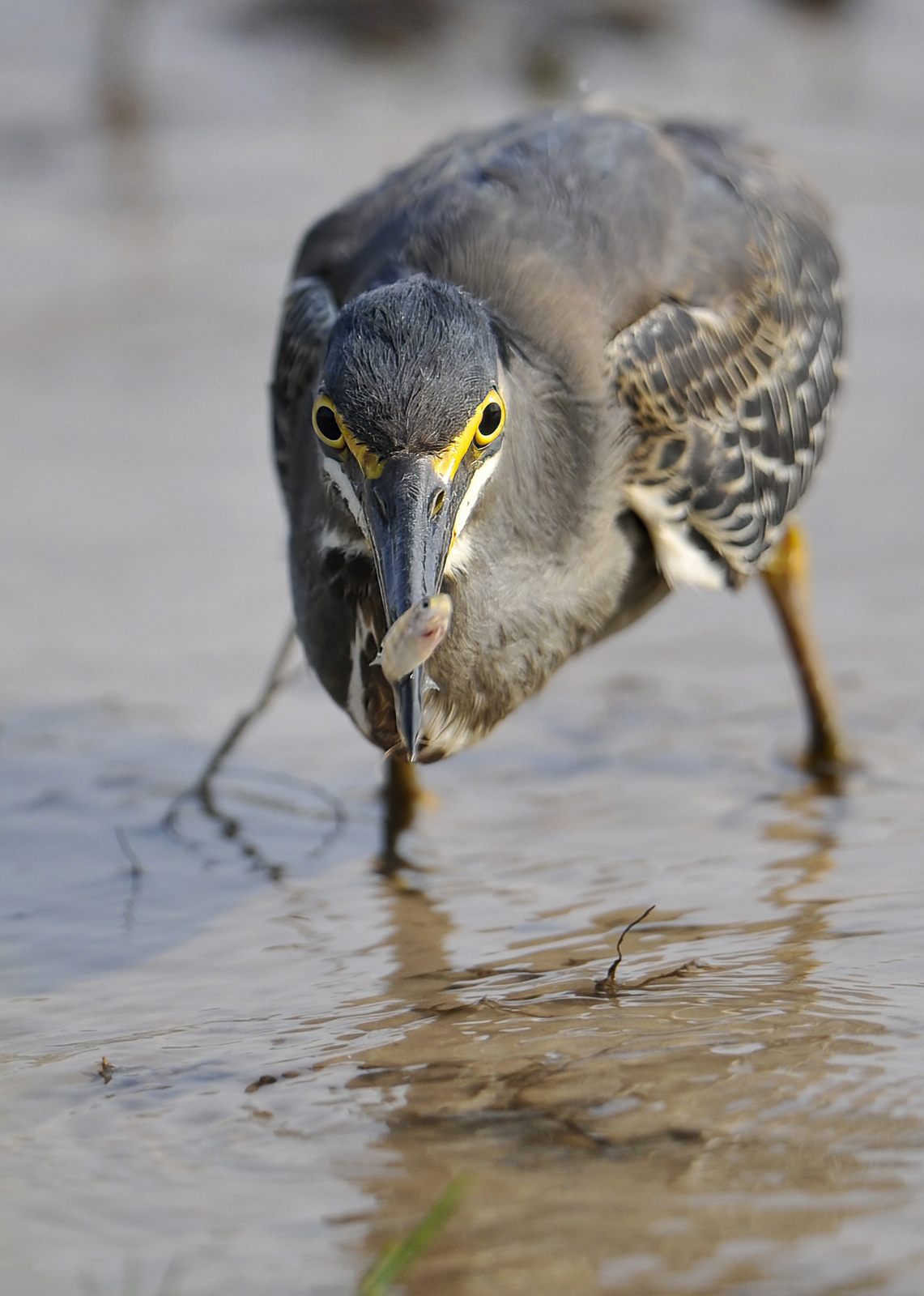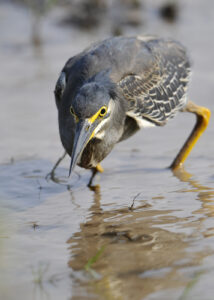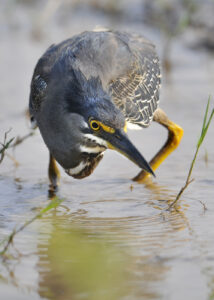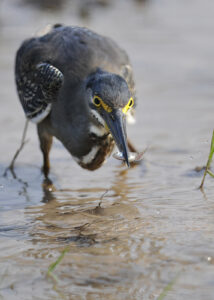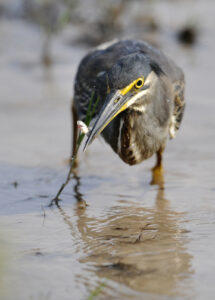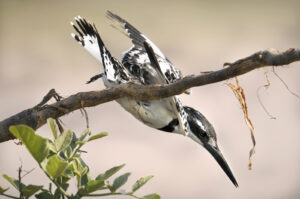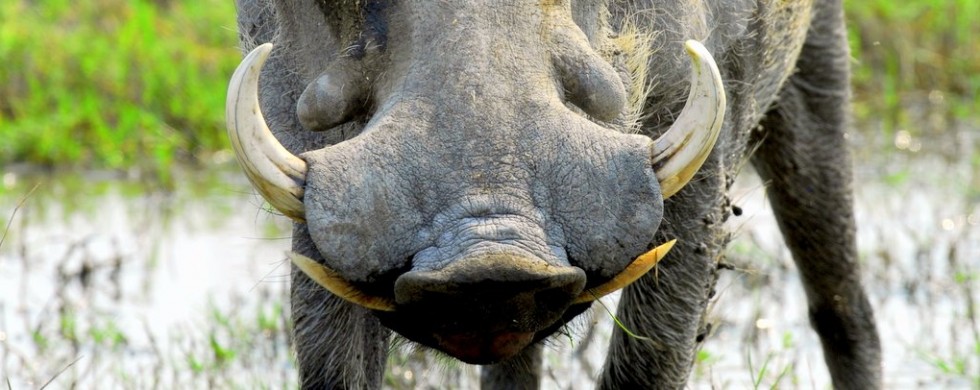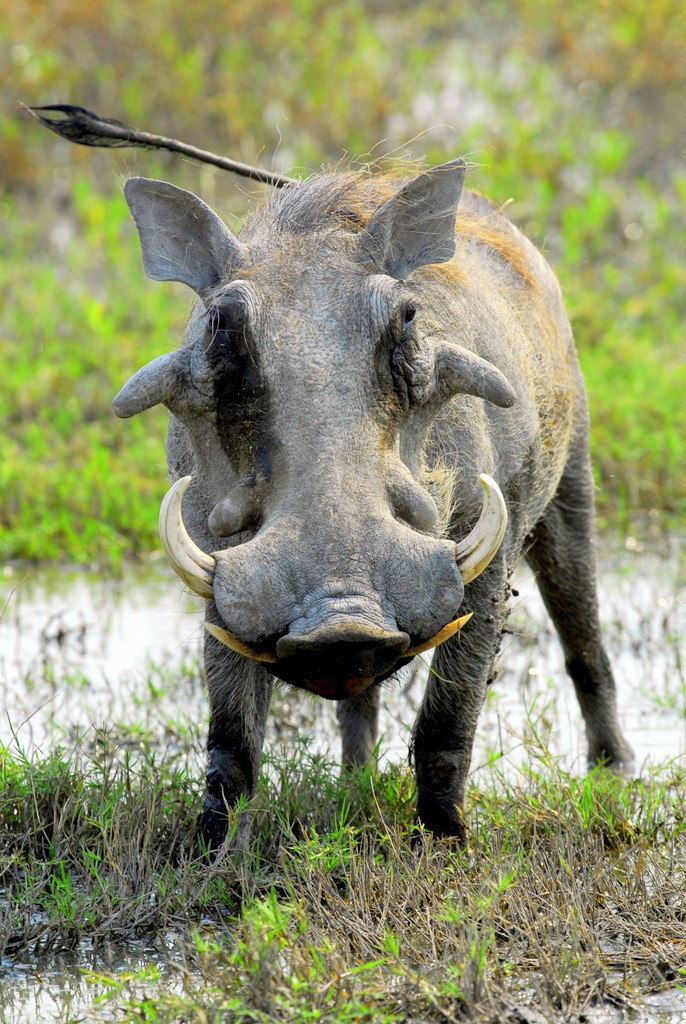24
Shot of the Month – October 2012
This month a family photo of the Rock Hyrax (RH) – an image that is bound to please a diverse range of audiences.
First, for the lovers of all things cute and cuddly, this photo is definitely a crowd favorite. An easy addition to the “Awwwwwl” Collection.
Second, this image will resonate with those who love a good joke. Like really, what’s up with contestant #5 there?
“Hey, where’s the camera?”
(Send your favorite caption/tagline as a comment below)
And these little guys are going to blow your mind if you’re into zoology/taxonomy (read “animal geek”). Most people think that these little fur balls (they weigh from 4-10 pounds) are some form of guinea pig or similar rodent. Nope, not even close. The rock hyrax is actually very closely related to the elephant. All yeah, sure, that makes perfect sense….!!???
Well, it seems that elephants, hyraxes, and dugongs (a marine mammal) all came from a single common ancestor. So these three creatures are more closely related to each other than to any other living animal. (Dude, like my mind is so, pphhhtttttt, completely blown right now..pphhhhtttt..). DNA evidence indicates that hyraxes share many features with elephants: similar toenails, excellent hearing, sensitive pads on their feet, small tusks (hyraxes have 2 incisor teeth that continually grow like the tusks on elephants (they look more vampire-esque than elephantine if you ask me), good memory, high brain functions (compared to other similar mammals), and the shape of their bones.
As you can see from the photo rock hyraxes are a pretty social bunch and can live in groups of up to 80 individuals. RHs are not good at regulating their internal body temperature so on cool days you can find them huddled like this for warmth. I photographed these fellows on a cloudy, chilly morning in the Serengeti NP in Tanzania. They are also pretty talkative – they can make at least 21 different vocalizations. Apparently, RH calls, called “songs” contain rich layers of information about the animal’s size, age, social status, body weight, condition, hormonal state, and so forth.
There you have it, the Chatty-Cathy-social-butterfly-elephantine-cuddly-I-want-to-spoon-fur-ball-but-not-a-rodent!-rock hyrax.
Until next month….
30
Shot of the Month – September 2012
An image of colorful leaves in September — seems pretty normal, if a tad overdone. Other than the subject and the timing, everything else about this photo is pretty unusual– for me.
First, I “made” this shot, rather than “finding” it.
Typically, I go out into the world and look for wildlife or “wild” scenes and try and be in the right place at the right time and capture what unfolds before me. That is not the case here.
While visiting a friend in upstate New York, close to 10 years ago now, we went for a walk in the woods. I found these leaves, separately, and picked each up. I didn’t know what I would do with them, but I liked their looks and carried them along. Later, back at my friend’s house, I noticed a lichen-covered rock slab on a piece of wood on their deck. Inspiration struck and I placed my leaves just so. Click.
Another unusual feature of this image is the camera I used in capturing it. It was not one of my big, “serious” cameras. Rather I shot this with a Nikon Coolpix 3100 – a little 3.1 MP “beginner” point-and-shoot camera. Not very sophisticated to say the least.
The last unusual feature of this shot is that is a “still life.” No critters, just a scene. Just not something I do very often.
For all these reasons I love this photo. I was not only witness but also part creator. That gives me a buzz. And it was so EASY. It doesn’t seem fair — feels like cheating. So different – a shot that took me out of my comfort zone. And I just really like the shot. I am amazed at how nice it looks — I love the hues of the leaves, and the contrast between the vibrant colors and the muted wood, stone, and lichen. And I love the different textures of the muted background.
And I dig this photo because it reminds me that I don’t need fancy equipment or go on long trips to find or make beauty. It is often nearby — simply the right attitude and openness to “seeing” can suffice.
Until next month…
30
Shot of the Month – August 2012
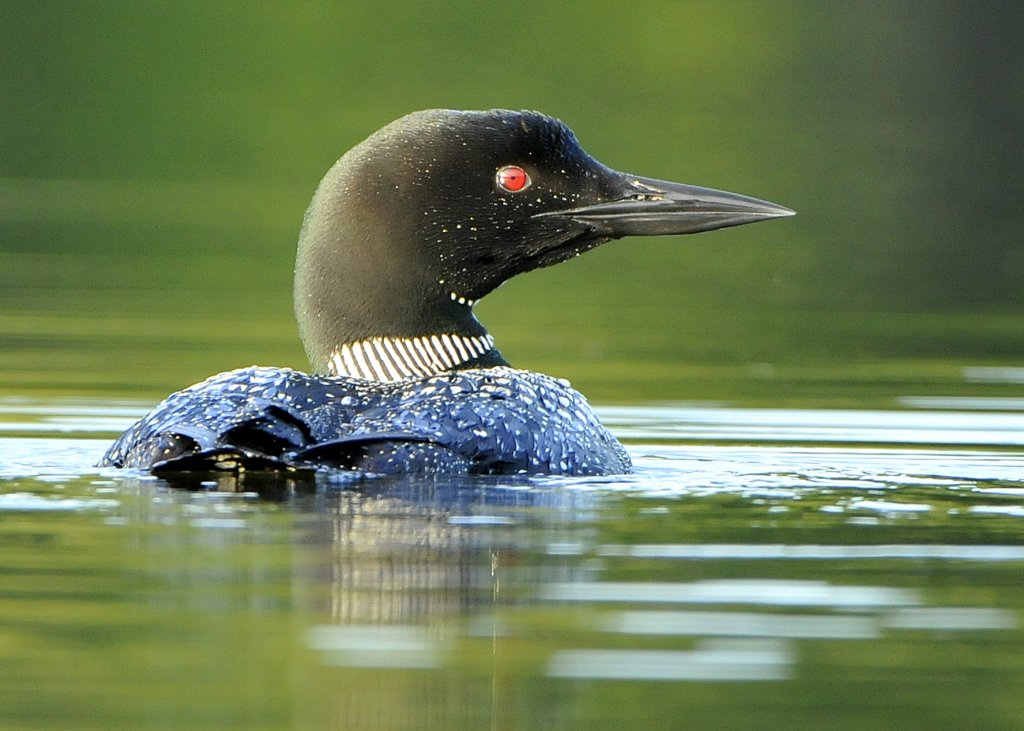 As a photographer, my focus tends to be on the visual (pun unintentional).
As a photographer, my focus tends to be on the visual (pun unintentional).
I love photos, slides, Polaroids, pictures, snaps, whatever you want to call them. I will happily page through anyone’s photo album. Family vacation? Wedding? Shots of the kids? Driver’s License? Dental x-ray? Whatever, bring it on.
I am fascinated by what people take pictures of. And I love seeing how the world gets reconfigured on “film” (you kids out there can look that reference up).
Sometimes it looks just like what you would expect, but so many times an image is a gateway to a whole new world hidden to the human eye. And I have always been fascinated by animals and nature so images from that realm are a natural draw for me.
But this month the focus is not so much on the visual, but rather the aural. Yes, we have a photo, in this case, a decent shot of a common loon that I found in a pond in Vermont. Visually loons are striking when adorned in their intricate formal black and white mating dress. In the right light, their red eyes are piercing. Their heads are black, but the feathers here are iridescent and can take on shades of emerald green when the light hits just right. Beautiful. Add the black and white striped neck, the black and white checked wings, and that delicate white pearl necklace — the visual feast is almost overwhelming.
Their looks are stunning, but my friends, shhhh, come closer for the real story. It is the Sound. Ahhh, but the Sound. How can I begin to convey the call of the loon to the uninitiated?
Eeerie. Hair-raising. Haunting. Spell-binding. Primordial.
There is n-o-t-h-i-n-g like it in this world. Imagine gliding in a kayak (this is how I first experienced the Sound). The water is perfectly, and I mean perfectly, still. The air is cool and crisp. The sun has not yet fought its way over the horizon but the darkness has started giving way. Shrouds of fog dance across the surface of the water like inverted cones of cotton candy. The stillness is PROFOUND. It is hard to imagine a more peaceful moment in life. And, then, then, there is this Sound. A call, a wail that sends you back eons in time.
No words will capture this. Turn the lights off in your room. Turn the sound up on your computer. Louder. Headphones? Put ’em on. Click on the video below and close your eyes and gliiiiiiiiiiiiiiiide….
(alas, there is a narrative on this video that is trying to be helpful, ignore it…listen for the Sound…)
Until next month….m
15
Shot of the Month – July 2012
how
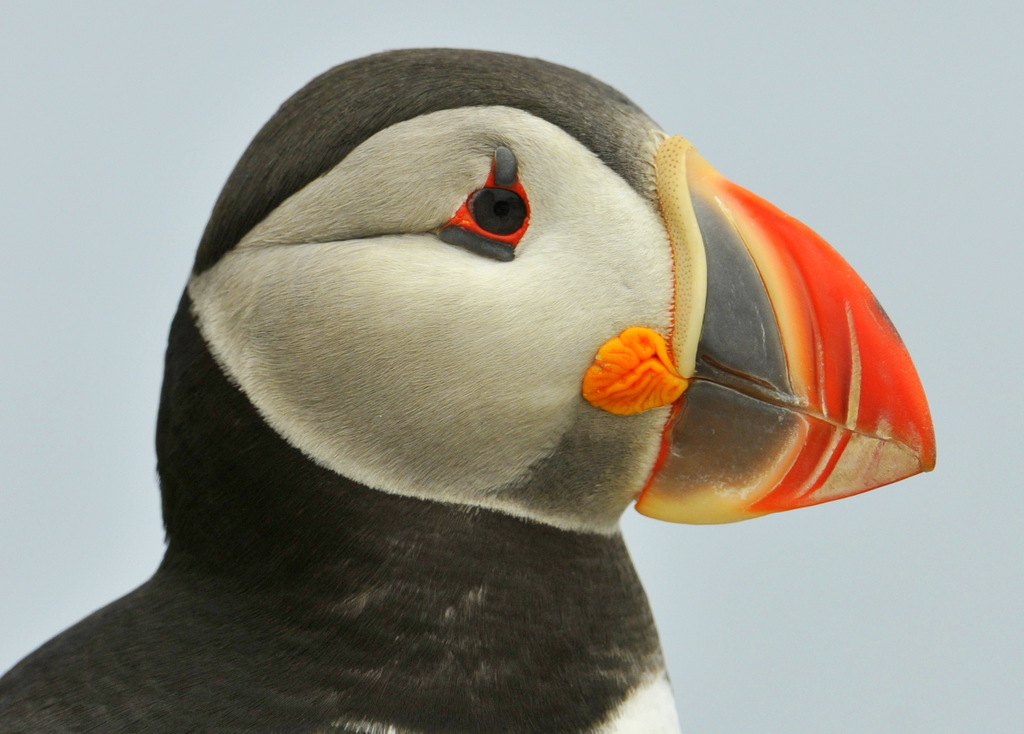 If the lost city of Atlantis had a circus, the Atlantic Puffin, aka “the clown of the sea” would surely be a star act of the show. After having the pleasure of spending some quality time with these birds I can attest that the nickname is well deserved.
If the lost city of Atlantis had a circus, the Atlantic Puffin, aka “the clown of the sea” would surely be a star act of the show. After having the pleasure of spending some quality time with these birds I can attest that the nickname is well deserved.
First, the puffin is decked out in a dapper outfit, has incredible face “makeup”, has oversized colorful feet, and sports a big red nose (ok, the beak is more orange than red, but give me a little poetic license to make this metaphor work) – typical physical characteristics of the clowns I have seen as a child. The stunning coloration is a sign that it is breeding season – both male and female alike are so colorfully adorned. In case you were wondering, it is virtually impossible to distinguish males from the females from looks alone, though the males can often be a bit larger than the females. DNA samples are the only way for us humans to distinguish between Mr. and Mrs. Puffin.
The Atlantic Puffin spends most of her life in solitude on the open water of the North Sea. It is difficult to imagine how hearty this 10-inch bird must be to survive in those conditions. In the summer several thousand puffins converge on the rocks of Machias Seal Island, just off the coast of Maine, to breed and raise their young. After a year apart a breeding pair will reconnect on the island, they mate for life, and raise one chick from a burrow dug in between the rocks.
Second, Atlantic Puffins are funny, as most clowns aspire to be (yes, back to the clown metaphor). When puffins walk they have a waddle that is Charlie Chaplin-esque. Sometimes they walk very quickly with their head down as if lost in thought and late for a meeting. As the rocks can be quite crowded, one must pass through many other puffin territories and this posturing signals that they are just walking through and don’t mean any trouble. Funny.
When a puffin flies in and lands on a crowded rock she will exhibit the “post-landing position.” To get a sense of this recall a memorable gymnast you watched on TV (or saw in person). As the gymnast completed her final maneuver she did a dramatic dismount off the high beam. Remember how she stood there with her arms out and held that pose perfectly still for an exaggerated amount of time to demonstrate that she really nailed the landing? Same with the puffin. Upon landing on a rock, she will put one foot in front of the other, extend her wings out, and lean forward with her head hung low. And, she holds it…………. Still holding it……..aaaand ok. Done. This posturing is a sign of non-hostility that relieves tension when landing among a group of puffins.
And, it looks hilarious.
There are many other puffin fun facts, endearing behaviors, and quirky attributes to explore but that will be for another month. Suffice it to say that I have great affection for these amazing little birds — I find their looks to be remarkable and their pacifist and accommodating demeanor inspiring.
If you want to see Atlantic Puffins in action, check out this live webcam (sponsored by Audubon’s Project Puffin) from nearby Seal Island. But you have to hurry as the puffins will head back out to sea by late August.
And you can see more of my clown, uh, puffin photos here.
Until next month…. 🙂
15
Shot of the Month – June 2012
For the last month I had been running nonstop – almost every waking hour, including weekends, toiling on a project for work. On Sunday morning I decided to give myself a break, a short one, to work on a personal photography challenge. A few weeks earlier I had discovered a small pool of water near our house that was home to a handful of Green Frogs (that moniker is both the official name for this particular species of frog and is an accurate description). The setting, as you can see, was pleasant, but not exactly the Serengeti. And frogs? Not usually the high point of a wildlife safari.
But I was intrigued by the challenge. Could I create a noteworthy image of, a frog? In this pedestrian locale? This would be my first attempt.
When I arrived the pool was in the shade of a tree and there was one frog floating in the water. I walked up and snapped a quick shot.
This is the shot your typical person would capture before they quickly moved along. It certainly documents the facts, but it’s hardly scintillating.
Time to think like a photographer. I splayed out the legs of the tripod and dropped as low as I could go. Photography is all about light and initially, the light was dark and somber. I knew that I would have to be patient and wait to see what opportunities presented themselves as the sun rose and moved across the sky. I positioned the tripod behind a few plants along the water’s edge; hopefully they would provide a bit of color and depth to the scene. I adjusted the aperture to ensure that only the frog was in focus. And I waited…
The result:
This image is much more intimate than the first shot as we are now at eye level with the subject. The colors to the right are the out-of-focus plants in the foreground. As the sun appeared from behind the tree the colors blossomed. For a few moments the light was just strong enough to pull the pigment out of the surroundings – see the reflection of the blue sky and the red shed on his neck? Within a few minutes, however, the light was too harsh and the mood was lost.
I got this shot within 30 minutes though I stayed for about two hours. In that short period, it was remarkable how big this little pool had become. To my surprise, I was soon completely immersed in a new world.
Initially, the scene was still. As the sun appeared on the right side of the pool several frogs migrated to that end to fuel up on the warmth. A couple of fellows crawled out of the water onto a rock to soak in the heat. The longer I sat the more frogs I would “see.” Big frogs. Little frogs. Some hidden in the grass. Others between the crevices of rocks. Some were only a few inches away and I simply hadn’t noticed. One frog seemed rather cantankerous and he bellowed quite a bit. Over time I realized that he was the top frdog in this world. He would bay and the others would respond. He moved from one bank to the other and no one challenged him. With each minute another layer of nuance, behavior, and context. I left feeling exhilarated with my encounter, and properly chastised. I had been so dismissive of what this little pool could offer.
All in all a pretty successful challenge. Like Horton, I discovered a wonderful little world, and I managed to create a respectable image of, a frog, in this tame setting.
So much to learn and admire, to enjoy. If one can find make the time. And find the humility.
Click The Pool to see more images from this amazing little world.
15
Shot of the Month – May 2012
This image makes me very uneasy. My eyes keep drifting past those rows of teeth. Past that mottled tongue. Back to that space where the two jaws meet. My gaze becomes locked as I imagine what this view means for creatures unfortunate enough to see the inside of a crocodile’s mouth.
I photographed this Nile Crocodile in Botswana from quite far away. Very far away actually. I was in a vehicle, on the other side of a large river. I felt uncomfortable then though the danger was nil. Even now, sitting safely in my chair a continent away — a sense of dread. My eyes dart to those teeth. Then to those eyes. The eyes are so tiny. They seem almost like an afterthought. A killing machine so massive and efficient, 55 million years in the making, that it almost doesn’t need to see? And then back, back, deep into the throat of the abyss. My eyes are unable to look away. My mind seized in the grip of forced contemplation of my mortality.
My inability to mentally break free is well-founded in reality. Once in the jaws of a crocodile escape is all but impossible for mortal creatures. No other animal on the planet exerts as much force as the crocodile – in fact, the comparison is absurd. Rottweiler dogs can clamp down on your leg with 335 pounds/square inch of force. Ouch, bad dog. Hyenas can crush bones with their powerful jaws and can apply up to 1000 pounds/square inch. The great white shark has a legendary powerful bite and can exert 1,800 pounds/square inch (Dun-dun Dun-dun!).
Whatever.
If you want to break free from the bite of that pesky 1-ton crocodile pulling you into the water for a swim you will need to overcome more than 5,000 pounds/square inch of force. Good luck with that.
I am having a hard time finishing the narrative for this Shot of the Month. Normally I sit and look at the image and the ideas and words flow. In this case, the creative process grinds to a halt as my eyes lock and the mind turns. It is more portal than picture. To feelings and ruminations I rarely experience with a wildlife photo.
The journey is illuminating, motivating even, but dare not linger.
Until next month……
(note to self: next month find a photo of a cuddly, fluffy bunny to talk about….)
15
Shot of the Month – April 2012
The well-known fairy tale, The Beauty and the Beast, is centered around two characters. The first is a young woman, aptly named “Belle” who embodies all that is beautiful in the world. The second character, the “Beast” is wild and grotesque and a perfect foil to Belle.
This month I offer you the African Jacana, a creature that could make this play into a one “man” show. (The one shown here was photographed in Botswana)
Starting from the top the Beauty is easy to see. The blue forehead and bill are in stark contrast to the black head and bright white neck. Look a bit lower toward the base of the neck and we find a lovely golden necklace that leads us to the body which is adorned in a dark, rich chestnut color.
Stop there, the end of Act One, and we have a truly lovely bird.
Act Two begins as our gaze continues lower, and here we encounter nothing but the Beast.
Check out those Gargoyle legs?! The disconnect is jolting. An exquisitely colored, delicate little bird which suddenly transforms into a Pterodactyl.
Although those feet are not terribly attractive, they are incredibly effective at allowing the African Jacana to walk across floating leaves or lily pads, where these birds spend much of their time looking for food. Those super-long toes spread the bird’s weight out over a large surface area allowing them to stay afloat. Jacanas are so adept at skimming across the top of the water (or so it appears at a distance) that they are also referred to as the “Jesus Birds.” (get it?) Perhaps more accurately, the jacana is also known as the “Lily Trotter.”
Here you can see those wondrous feet in action:
There you have it, the African Jacana, beautiful in form and in function, though perhaps not at the same time.
Until next month…..:-)
15
Shot of the Month – March 2012
Iceberg? Huh? What iceberg? You know the one. I am talking about the “proverbial” hunk of ice that you hear so much about. And when people refer to said metaphorical ice flow, which part gets all the attention? Yes, exactly — the tip. As we learned in 5th grade science, only about 10% of the total volume of an iceberg is visible above the surface of water. That relatively small object that we see floating fails to convey the true scale and entirety of the object. We often use the phrase to indicate that we have not fully expressed or captured the scale of a problem.
“Jimmy, use the phrase in a sentence.”
“Yes, ma’am.”
“Climate change is making severe weather events more frequent and more intense. Yes, that is true, but that is just the tip of the iceberg.” (Jimmy, apparently, has a strong sense of irony also.)
Photographers, like me, rarely allow you to peer beneath the surface at what lies below. We deal almost exclusively at the very tipity tip of the iceberg. When we show you an image, if we are smart, we only share the best of the best of what we have captured. When you see an image on a website, in a magazine, at a gallery, on a card, or via whatever medium of choice, you are seeing the tip of the iceberg.
So, what lies beneath the surface? What makes up that massive pyramid on which this image rests? For a wildlife photographer, capturing a compelling image of a wild creature is stunningly difficult. For a given “winner” shot there can be thousands of images that didn’t work. Too dark. Too blurry. A branch in the way. The light too harsh. Light is too dull. Boring composition. Too far away. Too close. The damn thing blinked. It looked away. It ran away. It flew away. The shutter speed was wrong. Wrong aperture setting. Used the wrong white balance. Too much grain. Got a picture. Could show you, but I never would. Too embarrassing. Didn’t work. Too much…too little…just too ________.
That is a big part of the iceberg.
Another part of that iceberg, that you never see, is a massive space of — nothingness. Never even got a picture. Finding wildlife is HARD. Many hours are spent looking. Driving. Walking. Sitting. Seeing, nothing. Of course, the more elusive the animal, the more I want to photograph it. That is my curse, my insanity.
There is an Audubon wildlife area near where I am living here in Vermont. I have gone about a half dozen times over the last year. I have yet to get a single usable photo. There is nothing unusual about that — that is expected. This weekend we went to explore a new area in the NorthEast Kingdom — we hiked for three hours. A nice walk through the forest. A lovely day spent, far, far below the surface of the water. I took a few shots of a very small bird, that was very far away, into the sun. File, delete.
Since moving to the upper northeastern part of the US last year I decided that one of my goals would be to get a good shot of a Snowy Owl. I have never lived far enough north previously to make this a feasible venture. That was my winter project (and will be for the next several years). Given that I do have a day job and various family and social responsibilities, the time for this project was limited. I managed to get out on three weekends. For two of those trips I traveled to Parker River National Wildlife Refuge — seems that most years a few Snowies come down from the Arctic to spend the winter at this coastline park.
I was very lucky in that I did see Snowies almost every day. Here is the best shot I have so far.
This is not a shot I would display publicly.
(I actually feel a little queasy).
It is an OK shot. But the light was weak. The bird was quite far away for my lens. I had to use a very high ISO setting (Remember ASA ratings for film? This is the digital equivalent) to make an exposure. So to create this image I had to crop the photo significantly, but that high ISO then caused the image to be very grainy.
Unacceptable for public consumption.
Other shots from the depths? (click on an image to see it larger)
You will find no shots of Snowy Owls on my website. Not yet. This iceberg is a work in progress.
There are many similar blank spots on my site.
My spring project is Wood Ducks….wish me luck.
Stay tuned, hopefully towering icebergs are on the horizon.
All the best…michael
15
Shot of the Month – February 2012
They say that a picture is worth a thousand words, implying that a photo can often much more richly convey the action, the emotion or the beauty of a scene than can a narrative. This month I fear that both images and prose alike will fail to capture the spell-bounding ten minutes we spent watching this green heron hunt for fish in a shallow puddle in Botswana. I realize that it sounds absurd, but this heron put on a show that was as captivating as any lion kill that I have seen.
How could this be so? It was like watching a Kung Fu master – the intensity of his gaze was mesmerizing. Stalking through the shallow water his body would go rigid, as he lowered into a tense crouch. As he stood there like a ninja warrior, the anticipation was nearly unbearable.
(Imagine the cat-like shrill noise that Bruce Lee would make…)
Wait for it…..
Strike a pose. Kapow! Another fish. Here we see only 2 of the 20.
We weren’t the only ones to take notice of this impressive display.
This Pied Kingfisher was watching the show from a nearby branch. He was so outraged that the heron was catching all “his” fish that here we see him leaping from the branch as he dive-bombed the green heron. The heron simply ducked (you would expect nothing less from a ninja heron) and he continued obliterating the fish population.
Yes, little fishies, the legends are true. Green Heron Ninjas are real. And should one, perchance, happen upon your little puddle, be afraid.
Be very, very afraid.
Until next month….
15
Shot of the Month – January 2012
Talk about truth in advertising – “warthog” pretty much sums it up. There really is no way around it, these pigs are, well, not pretty. In fact, they are so unattractive that many find them adorable.
This photo, taken in Botswana, does a pretty good job of highlighting a few of the warthog’s most notable attributes.
First, there are the namesake warts. There are two, one on each side of the head, near the eyes, and two more just above the nose. These protrusions have two roles. The first makes some sense – they act as armor to help protect the pig when fighting or trying to fend off a predator. The second is a bit of a shocker. Those protrusions are fat reserves. Turns out that warthogs do not have subcutaneous fat – so it is true that they are not beauty queens, but they can gloat about their low body fat.
Second, we have those tusks. The ones on top are impressive, but it is the smaller bottom pair that is most dangerous. The bottom set of ivory becomes razor sharp as it rubs against the upper set of tusks each time the warthog opens and closes his mouth. Together these four tusks represent a serious threat and warthogs have even been known to kill lions with these weapons when lashing out in self-defense (more the exception than the rule, but still impressive…)
And last, the famous warthog tail, seen here pointing at roughly 10 o’clock. When fleeing that tail points straight up like a flag signaling “Retreat!” Ask anyone lucky enough to have gone on an African safari to list off some of their favorite memories – “warthog running with its tail up” is a safe bet to be among the top three.
The warthog, a creature that is so hard to look at that you can’t help but stare.
(and admire…and smile…)

